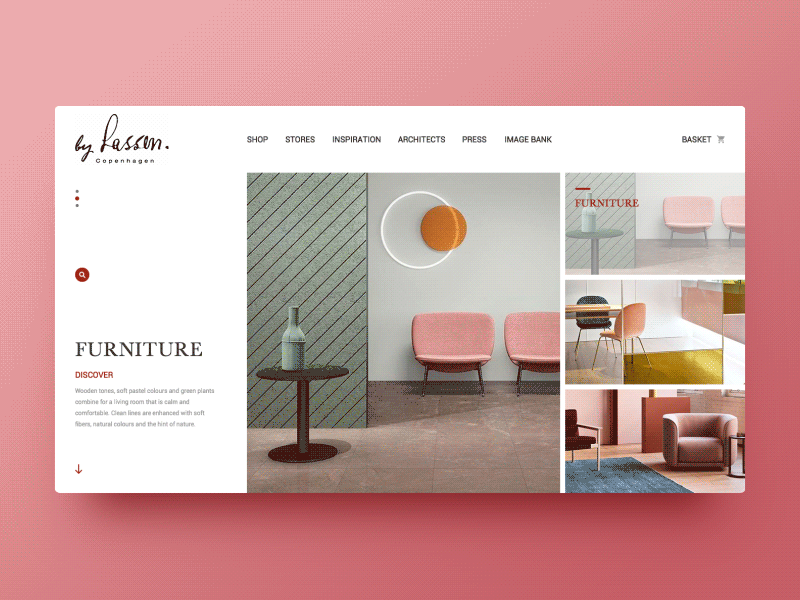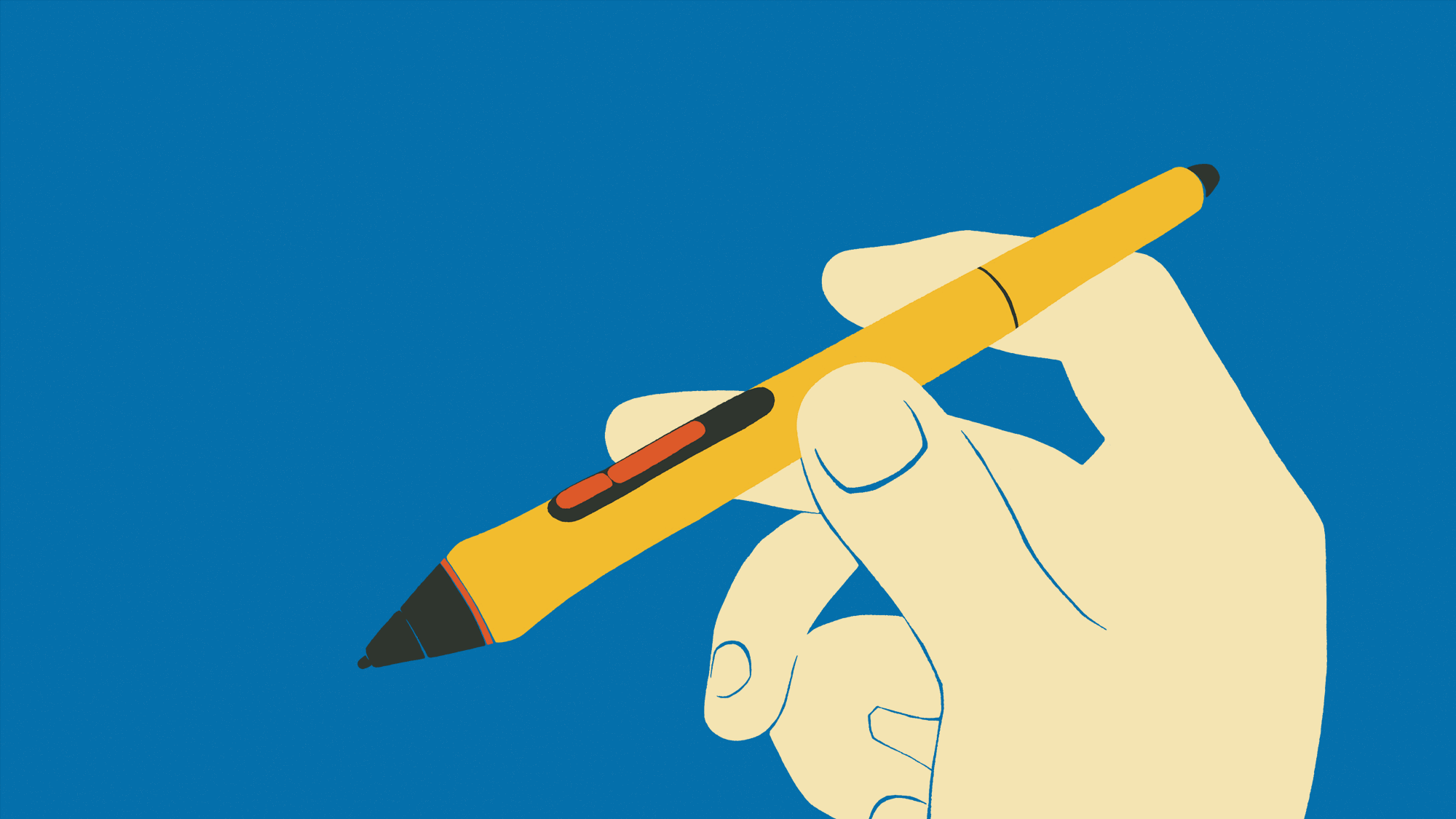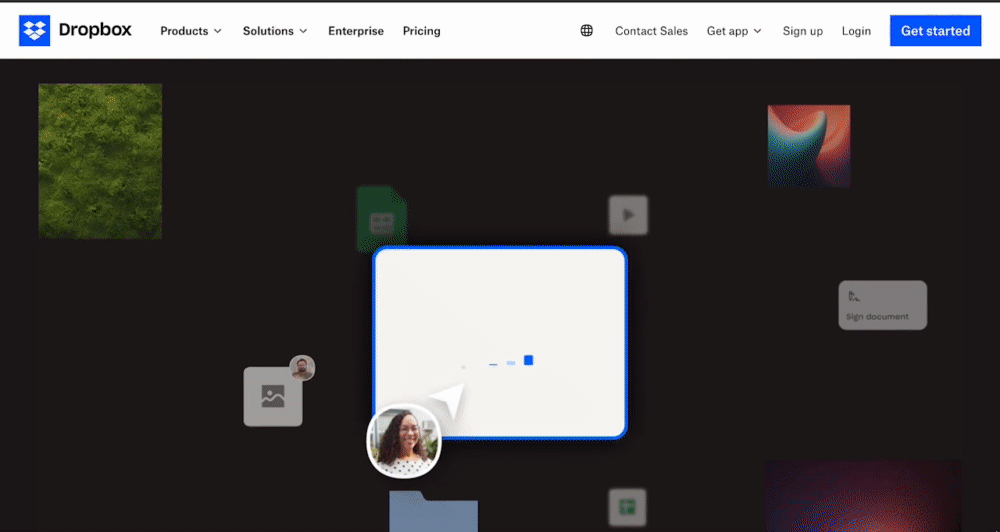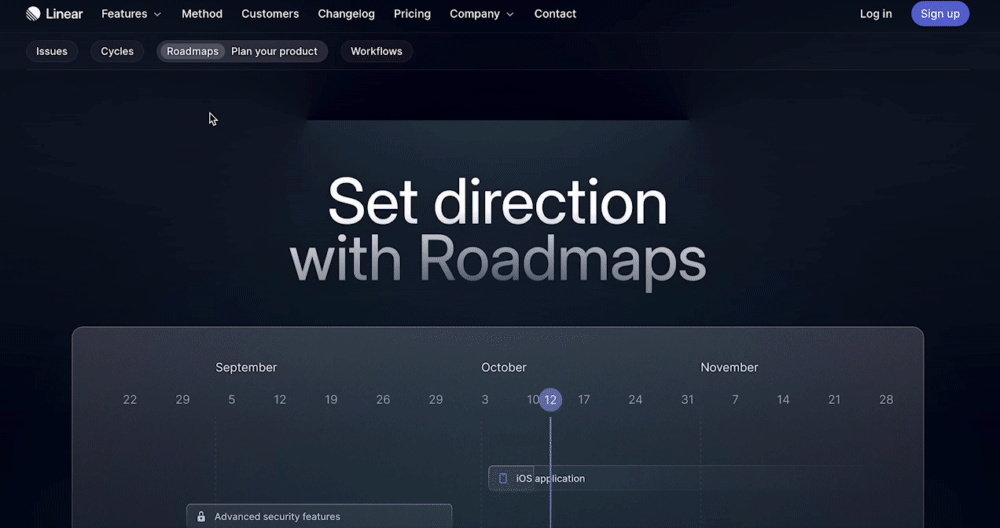Expanding Horizons: How European Furniture Manufacturers Can Thrive in International Markets
/How European Furniture Makers Are Setting Global Trends
Expanding your European furniture business overseas can unlock exciting opportunities for growth and profitability. However, navigating the complexities of international markets can be challenging, requiring a well-defined market entry strategy for each target market.
This blog post will share valuable tips and strategies to help you overcome the barriers to internationalization and successfully expand your furniture business abroad. Whether you’re a business owner or an individual seeking to upskill yourself in furniture exports, these insights will provide you with the expertise needed to thrive in foreign markets.
Understand the Market
Top European Furniture Manufacturers Leading Design Innovation
A successful market entry strategy starts with a deep understanding of the local market. Before venturing into a new market, conducting thorough market research is crucial.
Analyze consumer preferences, cultural differences, and local competition. Identify potential demand for your furniture products and tailor your offerings accordingly. Understanding the market landscape allows you to make informed decisions and create a solid market entry strategy.
Develop a Market Entry Plan
A well-defined market entry plan is essential for successful expansion. Outline your objectives, target market segments, and competitive positioning. Determine the most suitable distribution channels and partnerships. Create a timeline with realistic milestones to guide your progress.
A comprehensive market entry plan will help you stay focused and minimize risks, increasing your chances of success.
EU Furniture Manufacturers: Excellence in Design and Craftsmanship
Establish Strong Local Partnerships
Building strong partnerships with local distributors, retailers, or agents can significantly boost your market presence. Seek partners who have a deep understanding of the local market, established networks, and a solid reputation.
Collaborating with the right partners can help you effectively navigate cultural nuances, distribution challenges, and market entry barriers.
Adapt to Cultural Differences
Cultural differences play a significant role in international business. Adapt your marketing messages, product designs, and business practices to resonate with the target culture. Be sensitive to customs, traditions, and local preferences.
Demonstrating cultural awareness can establish trust, build strong customer relationships, and enhance your brand’s reputation.
How European Furniture Makers Are Setting Global Trends
Keep an Eye on Global Competitors
Understanding the competitive landscape is crucial when expanding your furniture business internationally. To carve out your niche, it's essential to know who you’re up against in the global wood furniture market, especially in the EU.
Key competitors include:
HAY (Denmark) - HAY
BoConcept (Denmark) - BoConcept
Molteni&C (Italy) - Molteni&C
Poltrona Frau (Italy) - Poltrona Frau
Cassina (Italy) - Cassina
Vitra (Switzerland) - Vitra
B&B Italia (Italy) - B&B Italia
Roche Bobois (France) - Roche Bobois
Flexform (Italy) - Flexform
Gartner (Germany) - Gartner
Koinor (Germany) - Koinor
IKEA (Sweden) - IKEA
By analyzing these competitors' strategies, product offerings, and market presence, you can identify gaps in the market and position your business to stand out. Keeping an eye on industry leaders not only helps you stay competitive but also inspires innovative approaches to capturing your target audience.
Strengthening Digital Capabilities for Market Growth
In a significant move to enhance its digital presence and drive revenue growth, HATIL, the largest furniture manufacturer in Bangladesh, has partnered with Kaz Software. This collaboration focuses on scaling HATIL's e-commerce platform, website, and mobile app to meet international standards.
The initiative will introduce advanced technological features such as 3D visualization, dynamic color selection, and customizable options. These enhancements aim to provide HATIL's customers with a more interactive and personalized shopping experience, ultimately strengthening the brand’s online presence and market reach.
Unveiling the Most Influential Furniture Brands in the European Market
"Partnering with Kaz Software has been a game-changer for us. Their expertise in digital transformation has significantly enhanced our online presence and enabled us to offer a more personalized shopping experience to our customers across Europe."
— A Leading European Furniture Manufacturer
Develop a Strong Online Presence
In today’s digital era, a strong online presence is essential for success in international markets. Create an engaging website that showcases your furniture products and highlights your brand story. Leverage social media platforms, online marketplaces, and digital advertising to reach a wider audience.
Invest in localization efforts to provide seamless user experiences in different languages and currencies.
Monitor and Adapt
Continuously monitor your international expansion efforts and adapt your strategies as needed. Stay updated on market trends, consumer preferences, and emerging opportunities.
Embrace flexibility and agility to seize new prospects and stay ahead of the competition.
Discover the Best Furniture Manufacturers in Europe for Your Home
Market Insights and Growth Potential
Expanding into the global furniture market offers vast opportunities, with the industry projected to grow at a compound annual growth rate (CAGR) of 5.4% from 2023 to 2028. The global furniture market is expected to reach a valuation of approximately $750 billion by 2028, driven by increasing consumer demand for sustainable and customizable furniture solutions.
In Europe alone, the market for wood furniture is expanding rapidly, accounting for over 30% of the global market share. This growth is fueled by the region's strong preference for high-quality, eco-friendly products, with a significant emphasis on innovative design and functionality.
Furthermore, online furniture sales are on the rise, with e-commerce channels projected to account for nearly 25% of total furniture sales worldwide by 2025. This shift underscores the importance of a robust digital presence and the integration of advanced technologies such as augmented reality (AR) and virtual showrooms to enhance the customer experience and drive sales.
Explore High-Quality Furniture from Leading EU Manufacturers
Conclusion
Expanding your European furniture business into international markets offers substantial growth potential, but it requires meticulous planning and strategic execution. By understanding local market dynamics, developing a tailored market entry plan, and leveraging digital tools, you can effectively navigate the challenges of globalization.
Investing in strong local partnerships, adapting to cultural differences, and focusing on sustainable practices will not only enhance your brand’s appeal but also position you for long-term success. With the global furniture market poised for significant growth, now is the perfect time to capitalize on these opportunities and take your business to new heights.














































































